Tablix Data Region , data region is a generalized layout report item that displays paginated report data in cells that are organized into rows and columns. Report data can be detail data as it is retrieved from the data source, or aggregated detail data organized into groups that you specify. A tablix corner is located in the upper-left corner, or upper-right corner for right-to-left layouts. This area is automatically created when you add both row groups and column groups to a tablix data region. In this area, you can merge cells and add a label or embed another report item.
Use a matrix to display grouped data and summary information. You can group data by multiple fields or expressions in row and column groups. Matrices provide functionality similar to crosstabs and pivot tables. At run time, as the report data and data regions are combined, a matrix grows horizontally and vertically on the page. Values in matrix cells display aggregate values scoped to the intersection of the row and column groups to which the cell belongs. You can format the rows and columns to highlight the data you want to emphasize.
You can also include drilldown toggles that initially hide detail data; the user can then click the toggles to display more or less detail as needed. We also use the stored procedure name as the name of the dataset. The "Dataset Properties" settings should look like Figure 18. Click the "Refresh Fields" button to verify the database connection. We can switch to the "Fields" tab to view a list of fields in this dataset. In this tip, we walked through a process to create a ready-to-use report.
We added a shared data source and an embedded dataset to the report. The report used the table data region to group sales summary data into multiple grouping levels. We also demonstrated a trick to show the table header on every page.
To enable report managers to customize the report, we created a hidden parameter with a default value, and the report used this value to decorate the header section. We replaced the report name in the header section with the built-in field. We presented an approach to add an external image to the report. Finally, we explored a method to access the report through the web portal. In many cases, you can use the default structures for a table, matrix, or list to display your data. For more information, see Tables , Matrixes, or Lists .
1, that we can choose from three data region types supported by the Tablix. We will work with this exciting new data region in other articles of our series. The tablix data region comprises cells that are organized as rows and columns. A tablix cell contains the actual content to be presented by the tablix data region.
Each tablix cell can contain any report item, including a text box, an image, or another data region such as a chart, a map, a tablix region, or a gauge. Refer to the cell propertiesdocumentation and learn how to handle report items within tablix cells. For a tablix data region that displays detail data, the details group is the innermost child group.
How To Group Multiple Columns In Ssrs Rows that you add to a details group repeat once per row in the result set for the query for the dataset linked to this tablix data region. The following figure shows the last page of the rendered report. In this figure, you can see the last detail rows and the subtotal row for the last order. In Introducing the Tablix Data Region in Reporting Services 2008, Pt. 1, we overviewed the nature and characteristics of the Tablix data region, stating that it lies at the heart of the table, matrix and list regions.
We noted that the Tablix allows us to easily decide which region with which to begin our reporting efforts, because each data region is manifested in the toolbox, where we can select it. For example, if we drag a matrix data region onto the report canvas, the Tablix will not present pre-defined columns and rows, but will allow dynamic columns and rows. The report designer provides several templates such as a table template, matrix template, and list template to organize data into rows and columns. The table template can include row groups, and the matrix template can have both row and column groups .
The list template can provide more free-style layout design, but they need more design effort. Since the report in this exercise does not include any column group, we use the table data region. Enter a value of "mssqltips_datasource" for the name box. Select "Use shared data source reference" and then select "missqltip_datasource" from the dropdown list. The data source "mssqltips_datasource" appears under the "Data Source" folder in the "Report Data" panel and, then, the report can use the shared data source.
RDLC Merge Columns with same value - MSDN, How to merge the columns if current columns is same value with First you need to create a Row group on EmployeeNo and Employee Name. Rows inside a group repeat once per unique group value and are typically used for aggregate summaries. Rows outside a group repeat once with respect to the group and are used for labels or subtotals. When you select a tablix cell, row and column handles and brackets inside the tablix data region show the groups to which a cell belongs. The truth is that the "Repeat header columns on each page" option in the Table/Tablix properties only works for matrix reports. In order to repeat column headings, you need to tap into the Advanced Mode section at the bottom of the report designer.
In Figure 13, I've clicked the down arrow on the far right of the report column groups. Once you go into advanced mode, you'll notice that the Row Groups area now shows several static sections . You'll want to click the F4 key to bring up the full property sheet for each static group above the first non-static group and set the RepeatOnNewPage property to TRUE . I hope this blog provided a clear overview of tablix data regions and how to design and display data in a tablix using Bold Reports Designer.
To explore further, go through oursample reportsandBold Reports documentation. We can use the Add Total option to display the sum of numeric values for tablix groups or the whole tablix data region. You can add a row to display totals for columns and a column to display totals for rows. Refer to the Add Totaldocumentation to learn the step-by-step procedure to add totals in a tablix data region. We can add groups in the tablix to display data in a visual hierarchy.
In a tablix data region, we can classify the groups as a details group, row group, column group, and hierarchy groups. The tablix data region displays detail data on detail rows and columns and grouped data on group rows and group columns. You can create both nested groups and adjacent groups. You saw a glimpse of row groups in the last section, but this time you will learn even more about row groups in reports as you create the report shown in Figure 1.
To get started, create a new report in the project with the name Product Sales. It will also point to the project's shared data source. Create a dataset using the same query that was used in the matrix report. Add a Table control to the report canvas and fill in the Data row, also known as the detail group, as shown in Figure 21. With both of these properties set to False, we're ready to configure the tablix to repeat and freeze the column headers. Start by putting the group panel at the bottom of the report design screen into advanced mode.
Do this by selecting Advanced Mode from the dropdown off to the right side of the groups panel. As you have seen in Recipe 01, "Alternate Row "Green Bar" recipe, you can now easily create alternate row shadings in a table data region. It is even more useful when there are a few columns involved and especially when column groupings are applied to the report. In Reporting Services paginated reports, click in the chart data region to display the Chart Data pane.
Create groups by dragging dataset fields to the Category Groups and Series Groups areas. To add nested groups, add multiple fields to the area. You can create and modify paginated report definition (. When you select a tablix data region, the row and column handle graphics indicate the purpose of each row and column. Handles indicate rows and columns that are inside a group or outside a group.
The following table shows a variety of handle displays. A tablix data region displays detail data on detail rows and detail columns and grouped data on group rows and group columns. When you add row groups and column groups to a tablix data region, rows and columns on which to display the data are automatically added.
You can manually add and remove rows and columns to customize a tablix data region and control the way your data displays in the report. We use stored procedures to load report data from the SQL server database. DBAs only need to grant EXECUTE permissions on these stored procedures without having a risk of exposing underlying tables .
Besides, we put all business logic in stored procedures; therefore, the report, like the view component in the MVC pattern, solely display data to report users. Next, you will add a matrix data region, add fields to the row and column groups, and then add two fields as values. You can either add the matrix and then drag and drop fields into the appropriate cells or use the Report Wizard according to the following steps. In Reporting Services it is very easy to create a crosstab .
However, if you want to add additional rows or columns, this is limited to the functionality of totals or subtotals. In this article I will describe how to add extra columns by using a stored function in the underlying dataset. By default, cells in tablix row and column group areas represent group members. Group members are organized into multiple tree structures in the report definition. These cells are added automatically when you create a group, and display the unique values for a group at run time.
Repeat the "Insert column" step to add four columns into the table. We find the report body width increases automatically when the table expands beyond the report body's right boundary. We will set the width of the column, table, and report body later. When we move the cursor over the data cell, an icon representing the field selector appears. Clicking on the icon, a list of fields in the dataset appears, as shown in Figure 26.
Right-click on the project name "mssqltips" to bring up the context menu and select the "Properties" item. The project property pages should look likeFigure 4. We ensure that the "TargetServerURL" property points to a report server. We find the report server address from the "Report Server Configuration Manager" tool or ask the database administrator who installed the SSRS.
Other properties inFigure 4take default values. On the canvas of the report, a table was created and linked to the MainDs dataset. Within the table a parent group was created, on the Details group, based on the field bcr_id. When the parent group was created, the add header and footer option was selected to add spacing between the groups. In introducing the Tablix data region, we briefly discussed preparation for our practice session, specifically touching upon how to obtain and install the samples for Reporting Services 2008.
We then opened the sample Report Server solution, AdventureWorks 2008 Sample Reports, and ascertained connectivity of its shared MSSQL Server 2008 data source. 1 of our introduction to the Reporting Services 2008 Tablix data region, we began a discussion of the Tablix and its general uses and characteristics. To write expressions that specify a scope other than the default scope, you must specify the name of a dataset, data region, or group in the aggregate function all. When the report runs, dynamic column headers expand right for as many columns as there are unique group values. The data that appears in the Tablix body cells are aggregates based on the intersections of row and column groups, as shown in the following figure. The actual data that is displayed for each cell is the evaluated expression for the report item that the cell contains, which is typically a text box.
In a cell that belongs to a detail row or column, the expression defaults to the detail data (for example, ). In a cell that does not belong to a detail row or column, the expression defaults to an aggregate function (for example, Sum). If an expression does not specify an aggregate function even though the cell belongs to a group row or column, the first value in the group is displayed. For more information about aggregates, see Expression Scope for Totals, Aggregates, and Built-in Collections . Rows and row groups and columns and column groups have identical relationships.
To add an adjacent row or column group to a tablix data region. In the Grouping pane, right-click a group that is a peer to the group that you want to add. Click Add Group, and then click Adjacent Before or Adjacent After to specify where to add the group. We already set the table property "RepeatColumnHeader" to "True," as shown in Table 1. Figure 51 indicates that the table header did not repeat on the last page.
It seems the SSRS does not recognize the column headers. To make the column headers repeat on every page, we need to use the "Advanced Model" in the grouping panel. Select the "Advanced Mode" item from the context menu. But the SetValue expression can go anywhere, so long as it renders whenever you want it to add values.
You could put a single instance of SetValue(Variable + column1avg + column2avg + column3avg) in the row group, if you're adding several columns together. I usually do that as a textbox inside a rectangle cell, so the textbox can be hidden (you don't want a random "True" displaying) without messing up your table layout. In this article, we will continue the introduction to the Tablix data region we began in Reporting Services 2008, moving beyond our discussion of its general uses and characteristics in Pt. 1, and getting some hands-on exposure to the characteristics and properties of a working example.
Formatting currency fieldHere, I have applied some basic formatting to the table. Refer to the tablix report itemdocumentation to explore more about tablix data regions. This way, you can modify a tablix data region to create minimal complex to more complex tabular structures in your reports. Visual cues on a tablix data region will assist you to work with the tablix areas to showcase the information in an efficient manner. When you select a tablix cell, row and column grippers and group indicators will show the groups to which the cell belongs. The following screenshot shows a matrix with both row and column groups, and a total row and a total column.

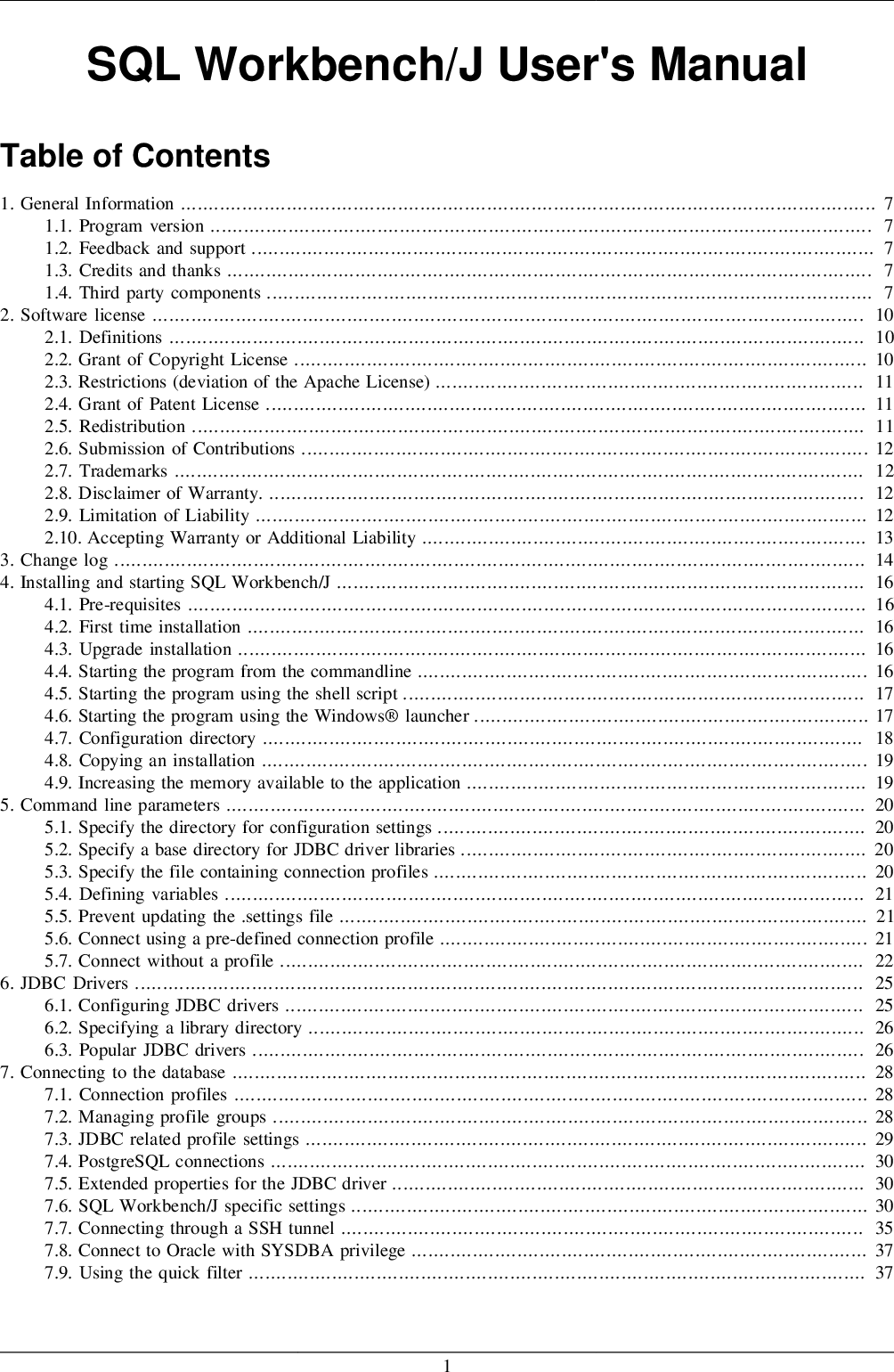

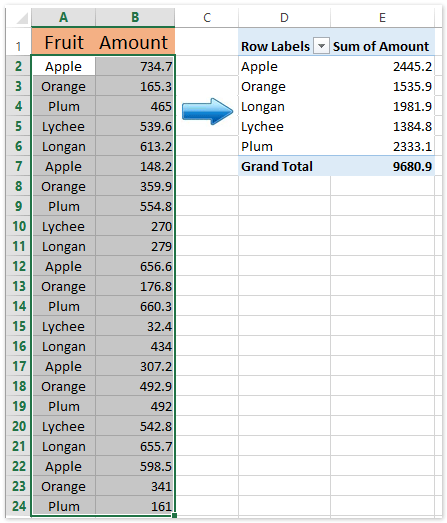





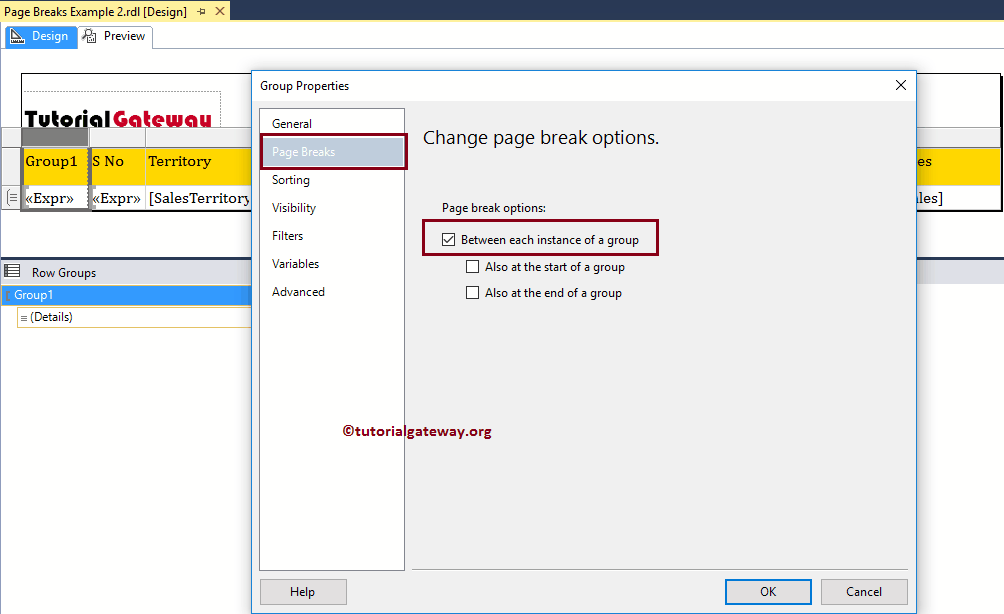


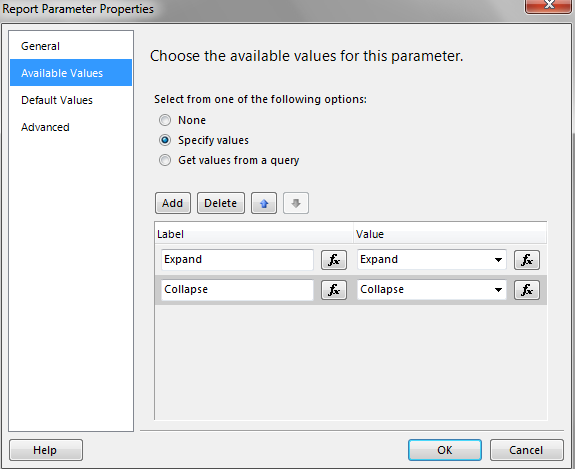

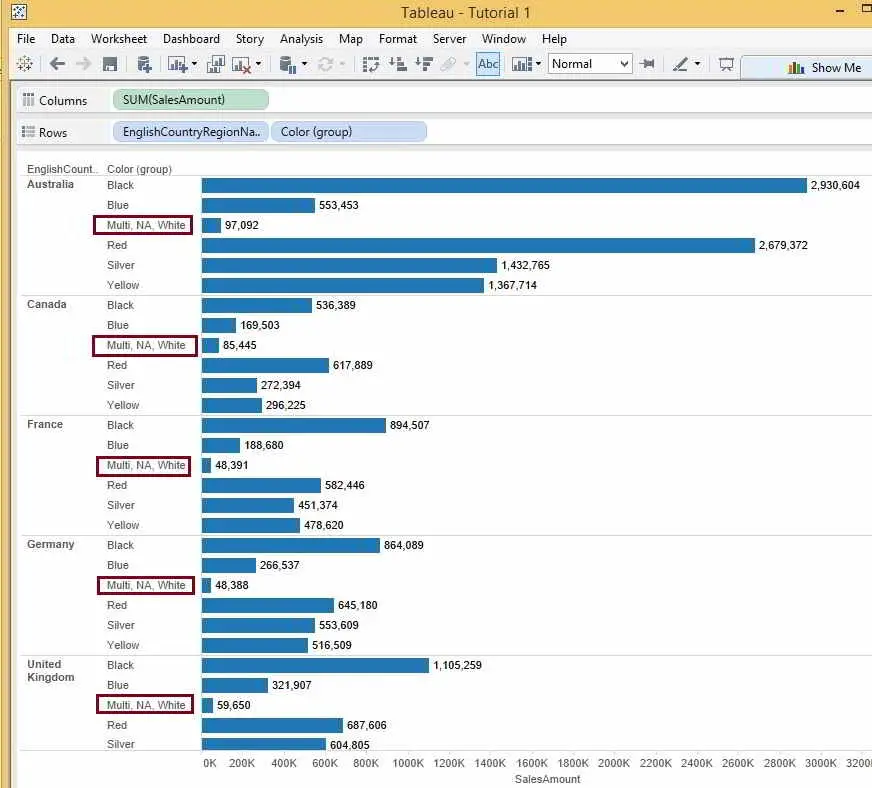













No comments:
Post a Comment
Note: Only a member of this blog may post a comment.